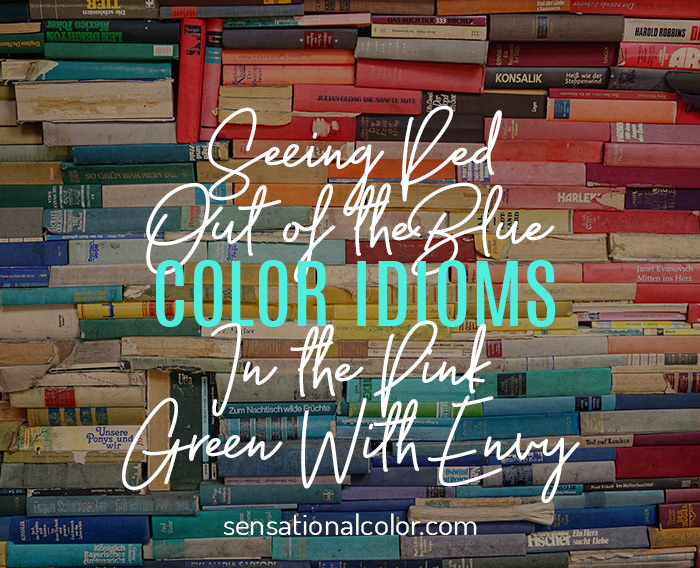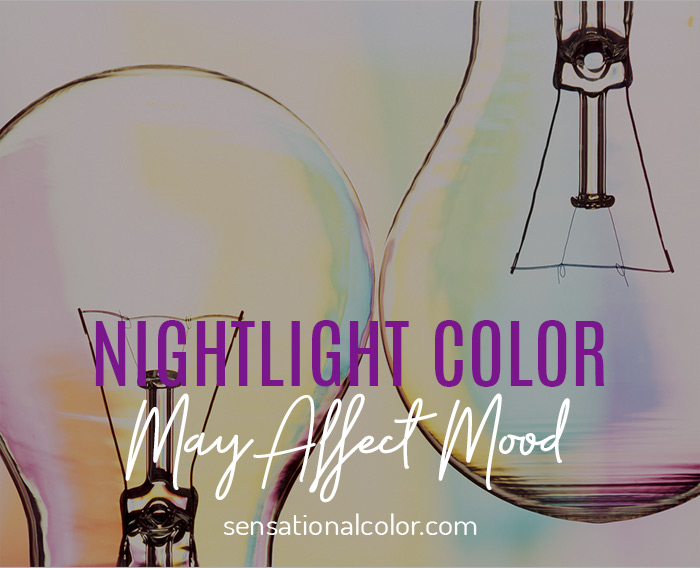Green with envy was a colorful term used long before Mark Twain wrote these words about envy in the late-1800s. Today, the saying means that one is envious or covetous of someone or something.

It turned Brer Merlin green with envy and spite, which was a great satisfaction to me.
A Connecticut Yankee by Mark Twain
If one is “bitten by the green-eyed monster,” it’s thought they are consumed with envy. With envy being one of the deadly sins, there’s been a lot written about it since the beginning of time.
Color Me ‘Green with Envy’
If you go back a few hundred years to the 16th and 17th centuries, great authors such as Shakespeare and Chaucer wrote of characters who were green with envy.
Shakespeare uses green to describe both envy and jealousy at least three times in his works. In Othello, Iago refers to the ‘green-eyed monster.’ In Anthony and Cleopatra, Shakespeare wrote of the ‘green sickness,’ meaning envy. And in Merchant of Venice, he used the term ‘green-eyed jealousy.’
Many credit Shakespeare with inventing the idea of green with envy but a Greek beat him by 2,000 years.
Early Green Usage
Long before Shakespeare connected green with envy and jealousy, the color was more commonly used to describe illness. Sources such as Who Put the Butter in Butterfly by David Feldman claim the early Greeks interchanged “green” and “pale” to mean sickly. The Greeks thought that when you were ill, the body produced too much bile, giving the skin a green tint.
And while many sources are content to let Shakespeare take credit for inventing the idea of a person turning green with envy, a Greek poet beat him to the punch more than 2,000 years earlier. Sappho wrote of a forlorn lover being green in one of her works dating back to the seventh century B.C.E.
Envious Cats?
So how does “green with envy” turn into the ‘green-eyed monster’? Several sources suggest that Shakespeare, who is credited with creating this phrase, was comparing an envious man to a green-eyed cat that toys with its prey before killing it:

O! Beware, my lord, of jealousy; it is the green-eyed monster which doth mock the meat it feeds on.
Othello






Hi Kate. I’m a student writing an essay on different meanings and symbolism and origins of the color green, I really like this article and want to cite it but I can’t find the publication date anywhere, am I missing something?
I have changed websites platforms a few times but, I believe that article was first published November 17, 2007.
You should take out the word “jealousy”. Because envy is not jealousy. Envy is about something you want that you don’t have. Jealousy is about the threat losing or hurting something you already have. Big difference. Not related.
Thanks for taking the time to leave a comment. I agree that envy and jealousy are two different ideas. However, throughout history, both envy and jealousy have been closely related to the color green and are now often used interchangeably even though they technically are not synonymous. As Merriam-Webster says,
“Both words are fairly old, having been in regular use in English since the 13th century, and both words have accrued a number of shades of meaning over the years. The fact that each of these words has numerous meanings makes it somewhat impractical to say “jealous means X, and envious means Y.” But this matter of impracticality has proven to be little deterrent to many people who have insisted that each one of these words does indeed have a single true sense…There are indeed some semantic distinctions that may be made between these words, but it should also be noted that many educated people use them interchangeably.” https://www.merriam-webster.com/words-at-play/jealous-vs-envious
While like you, I prefer precision in language, I have found that in terms related to color, it is most practical and easy for people to understand If I write and speak using the definitions most widely used in everyday language. I have included jealousy when talking about “green-eyed monster” because that is how people most often use the phrase and used envy when talking about “green with envy.”
Hi Kate! I am currently writing a paper for school about the iconography in Buddhist artistic depictions of the five Dhyani Buddhas of Vajrayana Buddhism. They each of represent one of the “negative delusions” of human existence (ignorance, anger, pride, attachment, and jealousy).
Get this—the buddha that represents jealousy is traditionally illustrated with green skin. Ha! I’m citing your article as a source within my discussion about the resonance between that celestial buddha and “green with envy.” But in writing, I was struggling with using “jealousy” vs. “envy” (I’m particular about definitions as well, but it was getting repetitive lol), but these are great tips about when to use which term, so thank you!
Also, props to you on the politeness of this thoroughly devastating (with sources!) response. If I were you, mine would have also included a few four-letter words other than “envy.” 😉
I hope you’re staying safe and healthy!
Green is really a color that I don’t use quite enough and good to know that green is the color of jealousy. I was not aware of it.
🙂
Great post. Thanks.
You’re welcome, Khoka. Thanks for taking the time to leave a nice comment.
*Hello. Please cld you tell me can you use ‘green’ on its own, as an adjective/ noun to describe a person who’s jealous? Or does it have to be part of the idioms, green w envy and green-eyed monster? Funnily enough, the few online definitions of green I’ve seen, don’t seem to include green itself as meaning envious, so that’s why I ask. Thank. You:-)
The word green used alone more commonly means inexperienced but I have also seen it used to mean someone who is jealous.
Green is such an amazing color, it works just about everywhere. The only thing that is contradicting for me is that I don’t like the primary color green. I really like the unique colors of green that show up.
With so many gorgeous greens to choose from, no need to use true green. 🙂